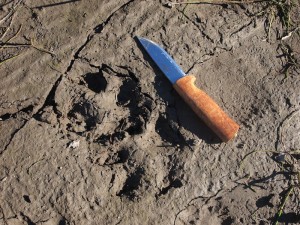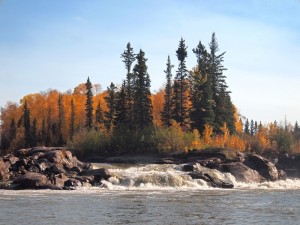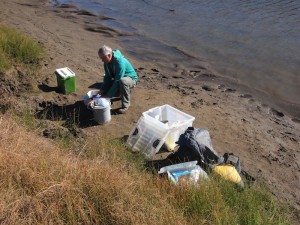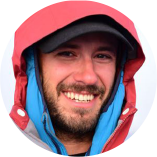Bio
John grew up in national parks across the Northwest Territories and developed a lasting love of wild spaces and the people who live in them. His passion led him to study archaeology and anthropology, and he has spent the last decade living and working in the NWT as a multidisciplinary consultant in environmental science, anthropology, education, and wilderness safety. Notably, John has been involved in the Species Status Report for Barren-Ground Caribou in the NWT: Traditional and Community Knowledge Component, the 2014 Government of the Northwest Territories Wildfire Report Card, and the Enbridge Renewal study for Liidlii Kue First Nation, among other projects.






